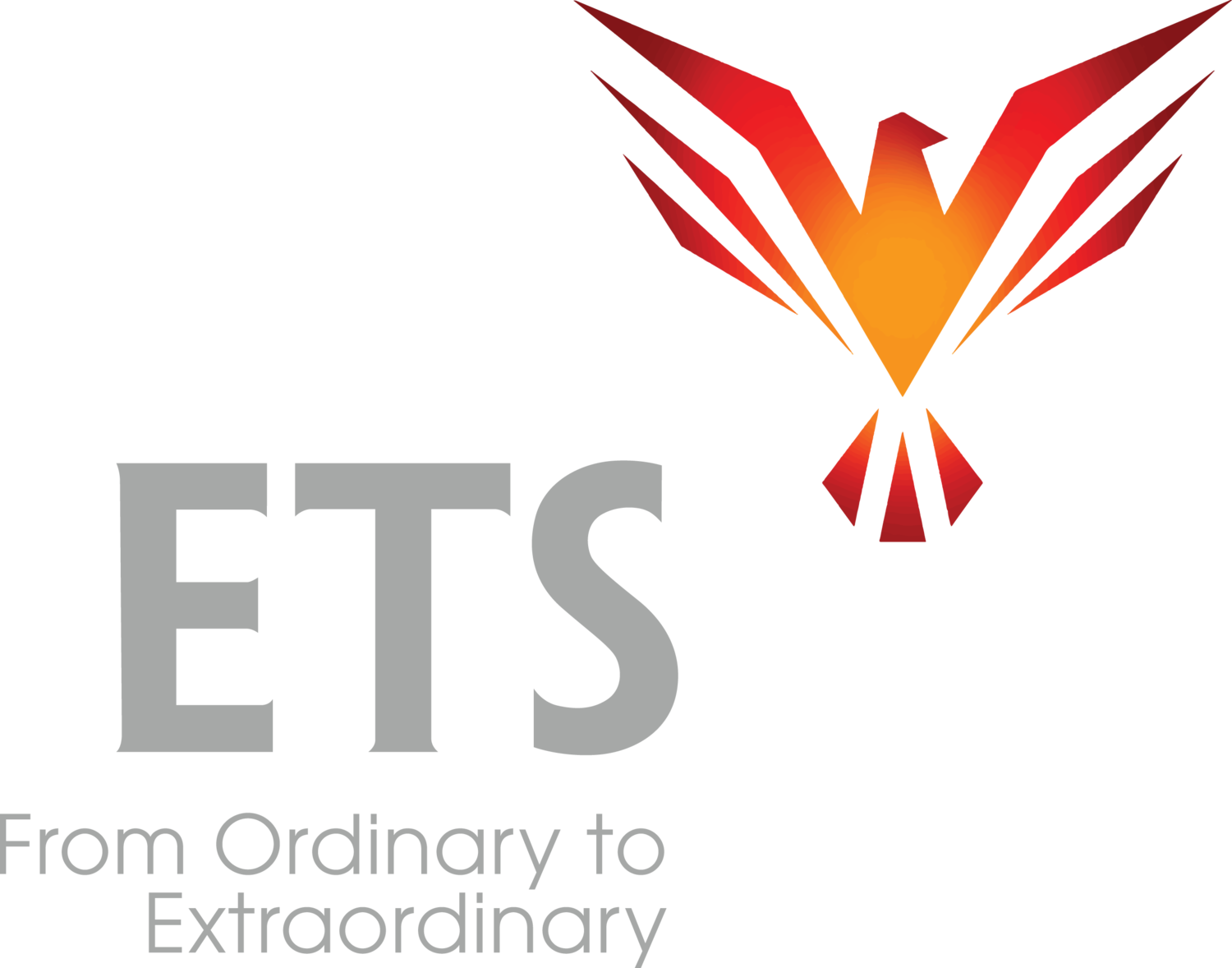Last week, I wrote about Carla whose virtual audience during the workshop completely changed as she gave her presentation.
Their faces in the little squares on the screen went from coldly severe to eyes shining with intense interest and some unbelievably warm smiles.
I heard from many of you when I asked for your thoughts on how Carla created that. Carla faced a challenge that many in the world of virtual presentations face. And few have mastered. This can help you.
Putting yourself in Carla’s shoes, the difficulty is that when you look into the camera lens, you don’t SEE an audience. And, if your audience is skeptical like Carla’s was, when you look at the computer screen, all you see is a wall of unconvinced faces.
In other words, you’ll get no encouragement from cold machinery or from an icy audience. Especially at the beginning of your presentation.
Everything must come from you.
Not easy in this environment. Talking directly to the camera lens is necessary, but it throws many people. They freeze up. They’re stripped of all that makes them comfortable in conversation. It feels like “no one is there.” No one to connect with.
That becomes reality. An ugly one.
Being causative is all about creating the reality you want. About transforming the “reality” in front of you into the highest ideal you can envision. Creating a new reality. The one you want.
Carla took one audience reality, one audience experience, and created another one, a completely different one. The one she wanted.
Here’s what you need to know:
Just because you can’t see the audience, doesn’t mean they aren’t there. They ARE there. They ARE real people. And they WILL respond like real people when you become someone they can connect with.
Your first step in this transformation is to move from “needing to see them” to simply KNOWING they are there.
It has to be real to you that they are there. They have to be real to you AS PEOPLE.
Otherwise you’re just going to be talking, but you won’t be talking TO anyone.
You’ll talk too fast, you’ll be disconnected, they’ll be disengaged and you won’t reach them.
Even beyond that, you need to be aware of them as you talk.
Effective communication is all about awareness.
Even through all the virtual machinery, people can tell whether you’re aware of them or whether your mind is somewhere else.
They can tell whether you’re self-conscious, overly aware of yourself, whether your attention is consumed by anxiety, or making sure you cover all your material, or trying to remember what you want to say next. All of these lose the audience.
The people in your audience can tell exactly how aware of them you are.
When you are aware of them, it greatly perks up their attention and they tune in. They get interested. They engage. First with their minds. Then with their eyes. Then with their smiles and their words.
It all starts with your ability to really BE there and be aware of the person or persons in front of you.
Stop telling yourself that you “need to see” them. You are perfectly capable of being aware of them. They are there. Start KNOWING they are there. Start opening up your other channels of awareness.
Notice your conversations this week. See if you can stop the mental noise and just be fully aware and in the moment with that person.
When you can do that, you’ll get a glimpse of the power you have to impact others.
Let me know how it goes!
Be the cause!

